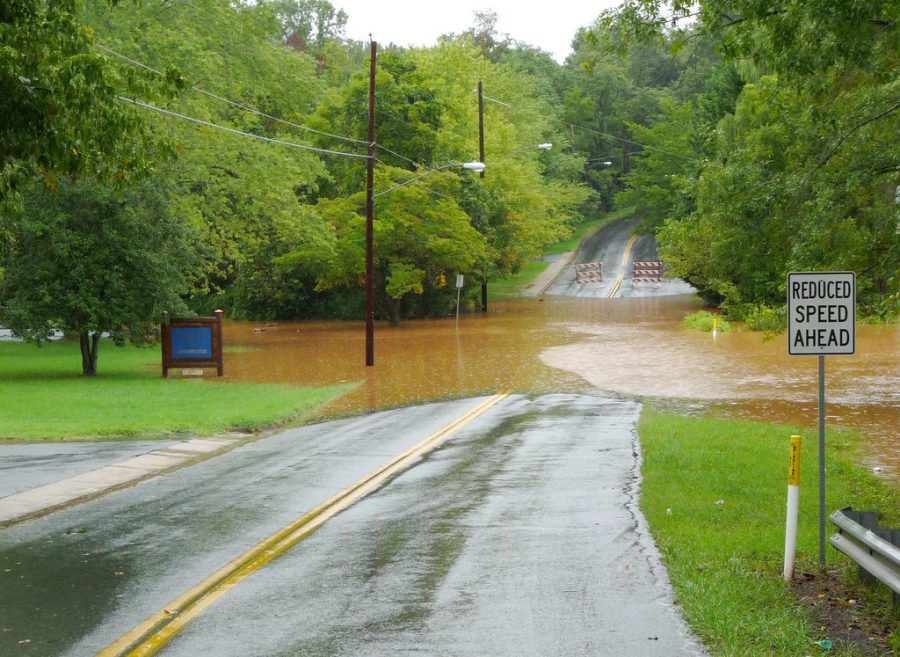Severe Weather
September 27, 2021
Severe weather is a commonplace disaster in most areas of the U.S. When severely affected by a weather event, knowing how to prepare and react is crucial to staying safe.
Local forecasts on the National Weather Service of Baltimore/Washington’s website will have information available to help prepare including a detailed forecast. The National Weather Service (NWS) also issues warnings and watches for areas. Watches are issued when the conditions for severe weather, and warnings are issued when there is high confidence that there’s a threatening event is ongoing, or it’s been reported.
Reacting to severe weather means knowing what to do in case of an emergency. Meteorologists recommend if a flood or flash flood warning is issued, seek higher elevation. If there is flooding on the road, do not cross, only 2 feet of moving water can sweep away most vehicles. If a tornado warning is issued, seek the central most interior room on the lowest level of a building. If a tornado warning is issued while on the road, seek sturdy shelter, but do not seek under a bridge. Hail is particularly dangerous while driving because of the slippery roads and glass shards from windshields.
Remember it’s important to report updates to the local emergency services and the NWS. If there are down trees or power-lines on the road, officials recommend reporting it immediately to local law enforcement. This goes for tornadoes, flooding or any type of life threatening structural damage as well. Officials also recommend having a safety plan in case of a weather related disaster.









Alec • Jan 6, 2022 at 11:16 pm
Very Based Marios